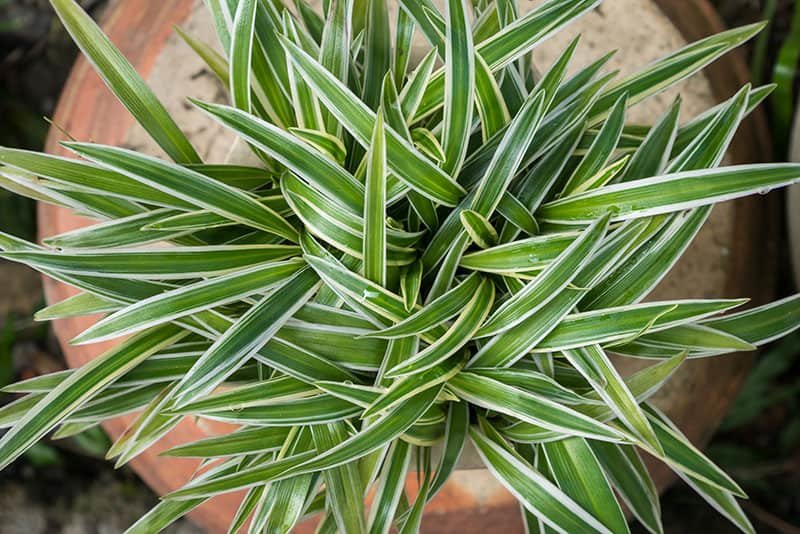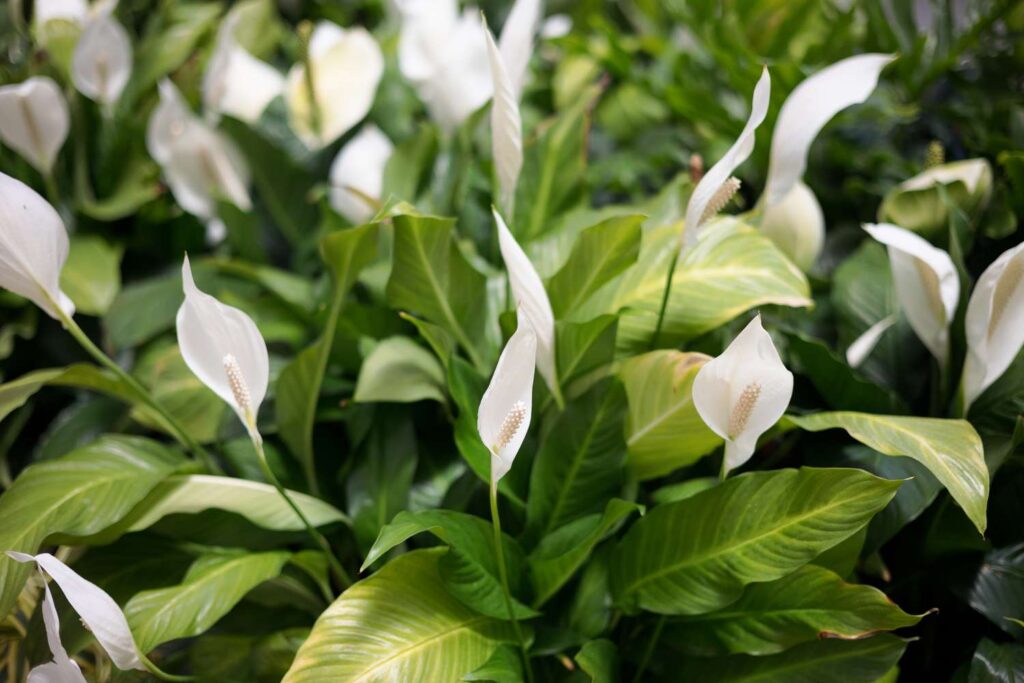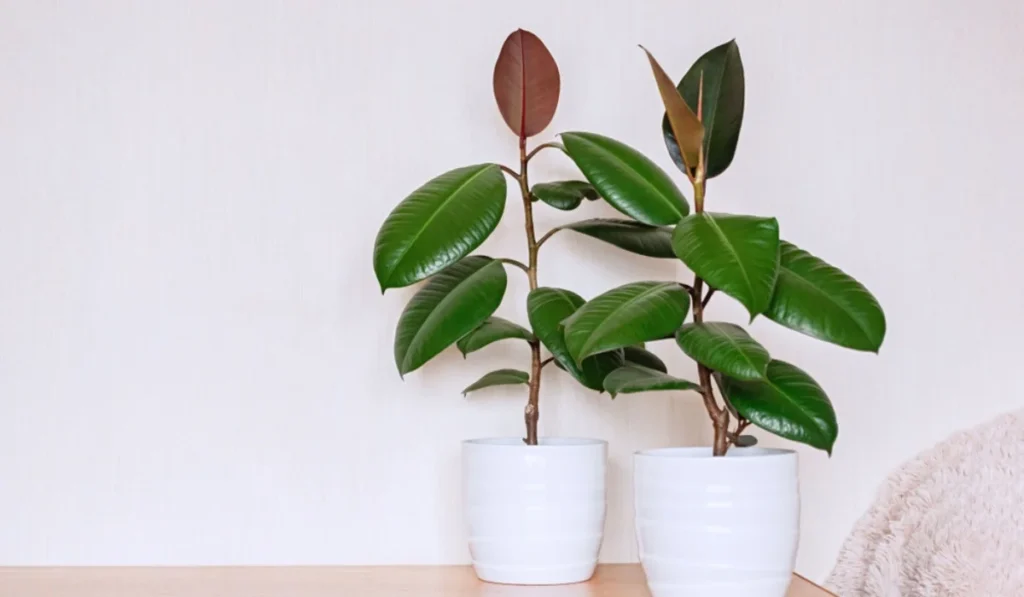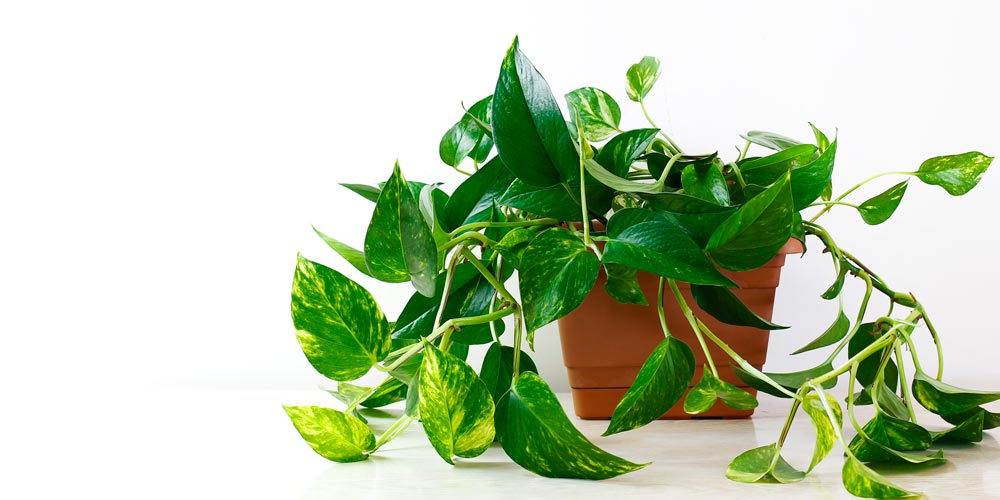House plants not only add a touch of nature to your living space but also offer numerous health benefits, from purifying the air to reducing stress levels. However, not everyone has a green thumb or the time to lavish attention on high-maintenance plants. That’s where low-maintenance houseplants come in. They thrive with minimal care, making them ideal for busy individuals or those new to gardening.
Here, we’ll explore the 10 best house plants low on maintenance and the benefits they bring, as well as factors to consider when choosing the best ones for your home.

Benefits of Best House Plants for Beginners
1. Improved Air Quality:
Low-maintenance plants, such as the snake plant (sansevieria) and spider plant (chlorophytum comosum), are known for their air-purifying properties. They can help remove toxins like formaldehyde, benzene, and xylene from the air, creating a healthier indoor environment.
2. Reduced Stress and Improved Well-Being:
Studies have shown that being around plants can reduce stress levels and improve overall well-being. Low-maintenance plants provide these benefits without the added stress of constant upkeep.
3. Enhanced Aesthetics:
Low-maintenance plants come in a variety of shapes, sizes, and colors, allowing you to choose ones that complement your interior décor. They can instantly liven up a space, adding a natural touch to any room.
4. Easy to Care For:
As the name suggests, low-maintenance plants require very little attention. They can tolerate periods of neglect and are forgiving if you forget to water them occasionally.
5. Beginner-Friendly:
For those new to gardening, low-maintenance plants are an excellent starting point. They provide an opportunity to learn about plant care without the stress of keeping finicky plants alive.
Factors to Consider When Choosing Low-Maintenance Best House Plants
1. Light Conditions:
Consider the amount of natural light available in your home. Some plants, like the snake plant and ZZ plant (Zamioculcas zamiifolia), thrive in low-light conditions, while others, such as the rubber plant (Ficus elastica) and aloe vera, prefer brighter spots.
2. Watering Needs:
Low-maintenance plants are generally more forgiving when it comes to watering, but it’s still crucial to match the plant’s moisture requirements with your lifestyle. Some, like the succulent family (e.g., Echeveria, Haworthia), prefer infrequent watering, while others, like the peace lily (Spathiphyllum), appreciate consistent moisture.
3. Size and Space:
Consider the available space in your home. While plants like the snake plant and spider plant are compact and can fit on small surfaces, others, like the fiddle leaf fig (ficus lyrata) or monstera (monstera deliciosa), can grow quite large and may require more room.
4. Toxicity:
If you have pets or small children, it’s essential to choose plants that are non-toxic. Plants like the spider plant, Boston fern (nephrolepis exaltata), and Areca palm (dypsis lutescens) are safe options.
10 Best House Plants for Your Rooms
Let’s delve deeper into each of these low-maintenance house plants, exploring their unique characteristics and how they can thrive with minimal care:
1. Snake Plant (Sansevieria)

The snake plant is a hardy succulent that’s virtually indestructible. It can tolerate low light levels and irregular watering, making it an excellent choice for forgetful or busy individuals. Its striking sword-shaped leaves add a touch of elegance to any space. It is one of the best house plants you can have in your house.
2. Spider Plant (Chlorophytum Comosum)

Known for its arching, variegated leaves, the spider plant is one of the best house plants and a classic choice for low-maintenance gardening. It’s incredibly adaptable and can thrive in a range of light conditions. In addition, it produces baby spider plants, which can be propagated to create new plants.
3. ZZ Plant (Zamioculcas Zamiifolia)

The ZZ plant is a gem among low-maintenance best house plants. It’s incredibly drought-tolerant and can endure extended periods without water. Its glossy, dark green foliage adds a touch of modern elegance to any room, and it thrives in low-light conditions.
4. Succulents (Echeveria, Haworthia, etc.)

Succulents the best house plants encompass a wide variety of plants, all known for their water-storing abilities. These plants thrive in bright, indirect light and require infrequent watering. Their diverse shapes and colors make them excellent decorative elements in any space.
5. Peace Lily (Spathiphyllum)

The Peace Lily, one of the best house plants is a great choice for those seeking a flowering plant with low maintenance requirements. It appreciates consistent moisture and prefers low to moderate light levels. It’s also known for its air-purifying properties, making it a functional and aesthetically pleasing addition to your home.
6. Rubber Plant (Ficus Elastica)

The rubber plant is a sturdy, low-maintenance best house plant option that can tolerate neglect and fluctuating light levels. Its large, dark green leaves create a bold statement in any room. While it doesn’t require frequent watering, it benefits from occasional misting to increase humidity.
7. Aloe Vera

Aloe vera is not only a low-maintenance best house plant but also a medicinal powerhouse. It thrives on neglect and prefers bright, indirect light. Its succulent leaves store water, making it highly drought-tolerant. Additionally, aloe vera has soothing properties and can be used to treat minor burns and skin irritations.
8. Pothos (Epipremnum aureum)

Pothos is a versatile and hardy vine that can thrive in various light conditions, from low to bright indirect light. It’s an excellent choice for hanging planters or for draping along shelves. Pothos is also known for its air-purifying abilities. One of the best house plants to have.
9. Boston Fern (Nephrolepis Exaltata)

While ferns are typically associated with high-maintenance care, the Boston fern is an exception. It enjoys high humidity levels and indirect light. Regular misting and occasional watering are usually all it needs to thrive as one of the best house plants available.
10. Areca Palm (Dypsis Lutescens)

The areca palm is a graceful, feathery plant that adds a touch of the tropics to any space. It’s highly adaptable to low-light conditions, making it a fantastic choice for adding greenery to dimly lit rooms. Regular watering to keep the soil consistently moist is all it requires. Great as one of the best house plants.
Including these low-maintenance best house plants in your home can transform your space into a thriving, green oasis with minimal effort. Whether you have a hectic schedule or are new to gardening, these plants offer a hassle-free way to enjoy the benefits of indoor greenery.
Do not forget to consider factors like lighting, watering needs, and available space to choose the plants that best suit your lifestyle and home environment. Happy planting!
Frequently Asked Questions
1. How often should I water low-maintenance best houseplants?
Low-maintenance houseplants are designed to withstand periods of neglect, but they still require some care. It’s important to let the soil dry out slightly between waterings to prevent overwatering, which can lead to root rot. The frequency of watering depends on factors like the specific plant species, the size of the pot, and the environmental conditions in your home. As a general rule, it’s better to be underwatered than overwatered. Pay attention to the plant’s specific care instructions to determine the best watering routine.
2. Do low-maintenance best house plants plants require fertilization?
Low-maintenance houseplants typically have lower nutrient requirements than high-maintenance plants. They can often thrive with minimal fertilization. However, providing some nutrients can promote healthy growth. It’s advisable to use a balanced, water-soluble fertilizer specifically formulated for indoor plants. During the growing season (spring and summer), feed the plants every 4-6 weeks. In the dormant season (fall and winter), reduce or eliminate fertilization, as the plants’ growth slows down.
3. How can I prevent common issues like pests and diseases with low-maintenance plants?
While low-maintenance plants are generally more resilient, they can still be susceptible to pests and diseases. To prevent these issues, maintain good plant hygiene. Regularly inspect the leaves and stems for signs of pests, such as discolored spots, webs, or unusual growths. If you notice any problems, promptly treat the affected plant with natural insecticidal soap or neem oil. Additionally, avoid overwatering, as stagnant water can create a breeding ground for pests and diseases. Lastly, quarantine any new plants before introducing them to your existing collection to prevent the spread of potential issues.
At the End
The world of best house plants offers a diverse array of options to suit every preference and lifestyle. Whether you’re a seasoned gardener or just starting out, there’s a perfect plant waiting to thrive in your home. Low-maintenance varieties like snake plants and spider plants provide natural beauty with minimal effort, while tall plants like fiddle leaf figs and dragon trees bring a touch of grandeur to any space.
If you’re looking to add a vertical dimension to your indoor garden, be sure to check out my article on tall house plants for more inspiration. There, you’ll discover a selection of majestic plants that not only command attention but also bring a sense of height and elegance to your living spaces. Enjoy your gardening with the best house plants!
Disclaimer: The images retrieved from Google Photos are for reference purposes only.
About the Author: Mary Jons (Content Writer) wrote and edited this article based on her knowledge and understanding. Mary comes with 5+ years of experience in academic research, and Home Decor content creation

